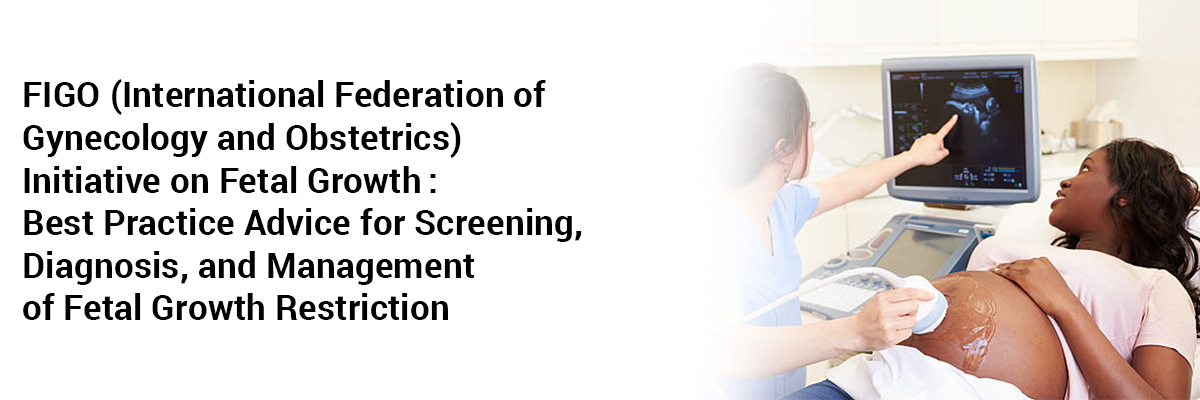
 IJCP Editorial Team
IJCP Editorial Team
FIGO initiative on fetal growth
Fetal growth restriction (FGR) is described as the failure of the fetus to fulfil its growth potential because of a pathological factor-like placental dysfunction.
It is the greatest cause of stillbirth, neonatal mortality, and short‐ and long‐term morbidity, globally. The agreements depending on current research in the diagnosis and management of FGR are described in a recent article, which delivers a comprehensive summary of available evidence and the practical recommendations regarding the care of pregnancies at risk of or complicated by FGR, to reduce the risk of stillbirth and neonatal mortality and morbidity associated with this condition.
The main recommendations for monitoring, timing and mode of delivery in cases with suspected fetal growth restriction are as follows-
- In small for gestational age (SGA) (EFW at 3rd–9th percentile, normal fluid and Doppler studies), the Risk of stillbirth is Low. Suggested to monitor Doppler (UA, MCA) every 1–2 weeks, Growth every 2 weeks, At ≥37 weeks consider BPP(biophysical profile)/NST(nonstress test) 1–2 times per week. Time and mode of delivery should be 37–39 weeks and induction respectively.
- In Uncomplicated FGR at <3rd percentile (normal fluid and Doppler studies), the Risk of stillbirth is Low. Suggested to monitor Doppler (UA, MCA) 1–2 times per week; Growth every 2 weeks and at ≥37 weeks consider BPP/NST 1–2 times per week. Time and mode of delivery should be 36–38 weeks and induction respectively.
- In FGR with mild abnormalities, and
- Early Doppler changes:
a. UA PI(pulsatility index) >95th percentile, or
b. MCA PI <5th percentile, or
c. CPR(cerebroplacental ratio) <5th percentile, or
d. UtA( uterine artery) PI >95th percentile
- Oligohydramnios
- Suboptimal interval growth
- Suspected pre‐eclampsia
- The risk of stillbirth is Low. Consider inpatient monitoring, Consider steroids for fetal lung maturation, BPP/NST 1–2 times per week, Doppler [UA (umbilical artery), MCA(middle cerebral artery), DV(ductus venosus)] 1–2 times per week, monitor Growth every 2 weeks. Time and mode of delivery should be 34–37 weeks and cesarean section or induction respectively.
4. In FGR with umbilical artery AEDV/REDV (absent or reversed diastolic velocity),
- The overall risk of stillbirth is
a. AEDV: 6.8%, OR(odds ratio) 3.6 [2.3–5.6]
b. REDV: 19%, OR 7.3 [4.6–11.4]
- Risk of stillbirth with strict monitoring protocol with a safety net:
a. AEDV: 0%–1%
b. REDV: 1%–2%
- The median time for deterioration is:
a. AEDV: 5 days
b. REDV: 2 days
Inpatient monitoring is suggested along with Steroids for fetal lung maturation, BPP/NST 1–2 times per day, Doppler (UA, MCA, DV) every 1–2 days, and Growth monitoring every 2 weeks. The timing of delivery should be AEDV: 32–34 weeks, REDV: 30–32 weeks; which should be done by a cesarean section.
5. In FGR with abnormal ductus venosus Doppler,
- The overall risk of stillbirth is: 20%, OR 11.6 (6.3–19.7)
- Risk of stillbirth with strict monitoring protocol with a safety net:
a. Elevated DV PIV(pulsatility index for veins): 2%
b. Absent‐reverse a‐wave in DV: 4%
- Inpatient monitoring is suggested along with Steroids for fetal lung maturation, BPP/NST twice per day, and Daily Doppler. The time of delivery should be 26–30 weeks; which should be done by a cesarean section.
SOURCE-. Int J Gynaecol Obstet. 2021;152Suppl 1(Suppl 1):3-57. doi:10.1002/ijgo.13522

IJCP Editorial Team
Comprising seasoned professionals and experts from the medical field, the IJCP editorial team is dedicated to delivering timely and accurate content and thriving to provide attention-grabbing information for the readers. What sets them apart are their diverse expertise, spanning academia, research, and clinical practice, and their dedication to upholding the highest standards of quality and integrity. With a wealth of experience and a commitment to excellence, the IJCP editorial team strives to provide valuable perspectives, the latest trends, and in-depth analyses across various medical domains, all in a way that keeps you interested and engaged.




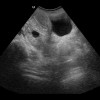
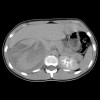










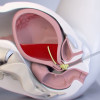

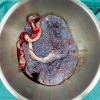
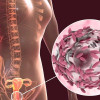

Please login to comment on this article